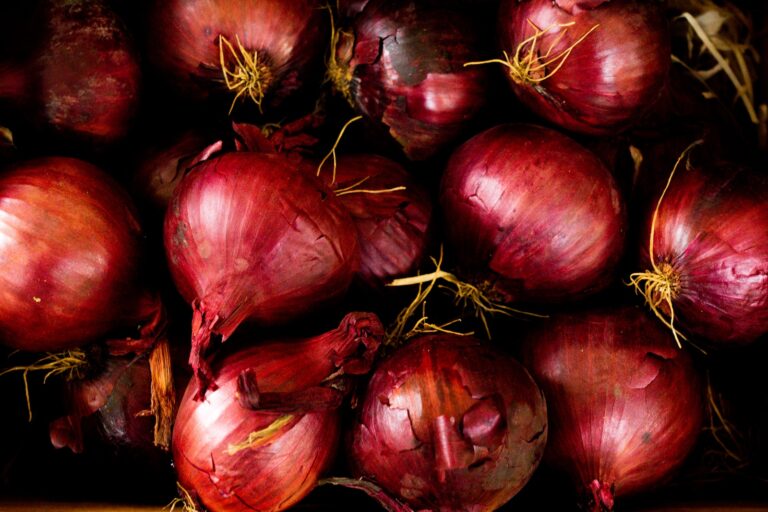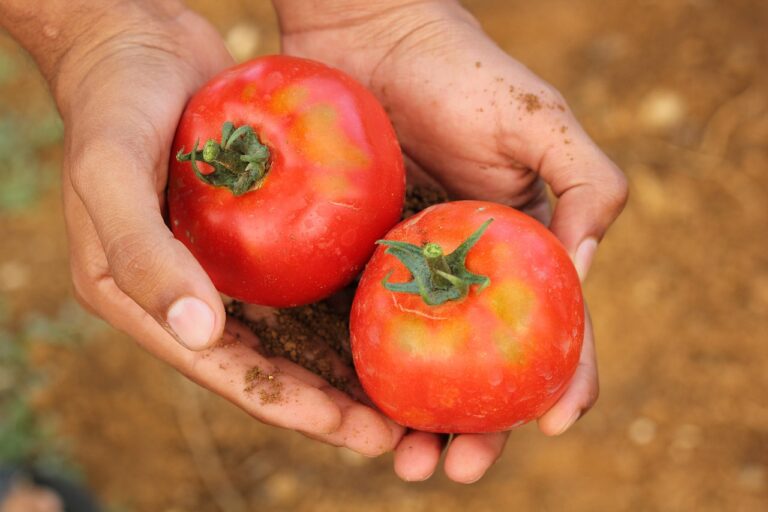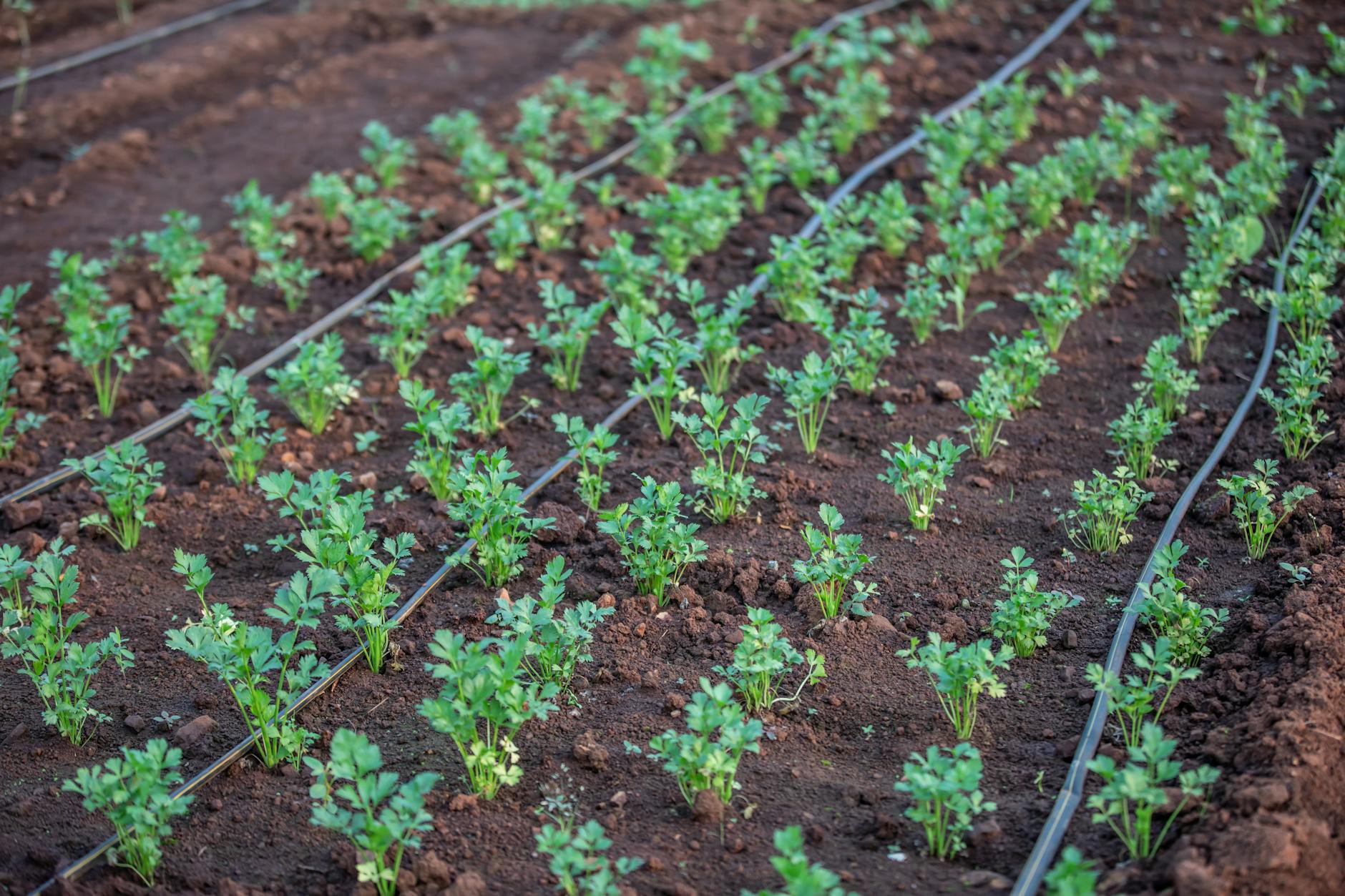Mastering Crop Pest Management in Kenya
Imagine a thriving agricultural sector in Kenya, where farmers effortlessly protect their crops from devastating pests. Picture a scenario where yields increase, food security improves, and farmers' livelihoods are secure.
It may sound like a distant dream, but mastering crop pest management holds the key to making this a reality. In this discussion, we will explore the various strategies and techniques employed in Kenya to combat crop pests, ranging from cultural practices and biological control methods to effective chemical pest control and integrated pest management (IPM) strategies.
By delving into the world of pest monitoring and surveillance techniques, we will uncover the secrets to safeguarding Kenya's agricultural productivity.
Importance of Crop Pest Management
Crop pest management is crucial for ensuring the health and productivity of agricultural crops in Kenya. Implementing sustainable pest management approaches is essential to minimize crop losses caused by pests and diseases. Organic farming, a type of sustainable pest management, offers several benefits for crop production.
One of the key advantages of organic farming is the reduced use of synthetic pesticides. Organic farmers rely on natural methods such as crop rotation, biological control, and the use of organic fertilizers to manage pests. This approach not only protects the environment but also reduces the risk of pesticide residues in food, promoting food safety and consumer health.
Additionally, organic farming practices can enhance soil health and fertility. By using organic matter, such as compost and cover crops, organic farmers improve soil structure, water-holding capacity, and nutrient availability. Healthy soils support robust plant growth, making crops less susceptible to pest attacks.
Furthermore, organic farming promotes biodiversity. By avoiding the use of chemical pesticides, organic farmers create a favorable environment for beneficial insects, birds, and other organisms that help control pests naturally. This ecological balance reduces the dependence on external inputs and contributes to the long-term sustainability of agricultural systems.
Cultural Practices for Pest Control
To effectively control pests in your crops, there are several cultural practices you can implement.
Crop rotation is a beneficial technique that involves planting different crops in a specific sequence to disrupt pest life cycles.
Companion planting is another method where you grow plants that repel or deter pests alongside your main crop.
Additionally, biological control involves introducing natural enemies of pests, such as predatory insects or parasitic wasps, to keep their populations in check.
Crop Rotation Benefits
Implementing crop rotation in your farming practices can provide numerous benefits for pest control.
Here are four reasons why crop rotation is beneficial for managing pests:
- Disruption of pest life cycles: By rotating crops, you can disrupt the life cycles of pests, making it harder for them to establish and reproduce. Different crops attract different pests, so rotating crops can help break the cycle and reduce pest populations.
- Reduced pest adaptation: Pests can develop resistance to chemical pesticides over time. By incorporating crop rotation, you can reduce the dependence on chemical pest control, as pests have a harder time adapting to different crops and management practices.
- Improved soil health: Crop rotation helps maintain soil fertility and structure. By rotating crops, you can prevent the build-up of pests and diseases in the soil, promoting a healthier growing environment for your crops.
- Increased biodiversity: Different crops attract different beneficial insects and organisms that can help control pests naturally. Crop rotation promotes biodiversity and creates a more balanced ecosystem, reducing the need for chemical pest control.
Incorporating crop rotation into your farming practices can be an effective and sustainable strategy for managing pests while promoting healthy crop growth.
Companion Planting Techniques
Consider incorporating companion planting techniques into your farming practices as a cultural method for pest control. Intercropping, the practice of growing different crops together, can provide numerous benefits in terms of pest management. By strategically planting pest-resistant crops alongside susceptible ones, you can reduce the risk of pest infestations and minimize the need for chemical pesticides. The table below highlights some examples of companion planting combinations that have proven effective in controlling pests:
| Pest | Susceptible Crop | Pest-Resistant Crop |
|---|---|---|
| Aphids | Beans | Marigolds |
| Cabbage Worms | Cabbage | Tomatoes |
| Carrot Fly | Carrots | Onions |
| Squash Bugs | Squash | Nasturtiums |
| Whiteflies | Tomatoes | Basil |
These combinations work by either repelling pests or attracting beneficial insects that feed on pests. By implementing companion planting techniques, you can enhance the overall health and productivity of your crops while reducing the reliance on chemical pesticides.
Biological Control Methods
One effective approach to managing crop pests is through the implementation of biological control methods, which involve cultural practices that promote natural pest control mechanisms.
Here are four important aspects of biological control methods:
- Introducing natural enemies: This involves releasing beneficial organisms, such as predators, parasitoids, or pathogens, into the crop ecosystem to control pest populations.
- Conservation of natural enemies: Creating suitable habitats for natural enemies, such as providing flowering plants for beneficial insects or maintaining hedgerows, can enhance their population and effectiveness in controlling pests.
- Use of biopesticides: Biopesticides are derived from natural sources and can be used to control pests without harming the environment. They can target specific pests and have minimal impact on non-target organisms.
- Crop rotation and intercropping: Alternating crops and planting different species together can disrupt pest life cycles and reduce the buildup of pest populations.
Implementing these biological control methods can promote sustainable pest management practices while minimizing the use of synthetic pesticides.
Biological Control Methods
Biological control methods play a crucial role in effectively managing crop pests in Kenya. One of the benefits of organic farming is the promotion of natural predators as a means of pest control. Natural predators, such as ladybugs, lacewings, and parasitic wasps, are commonly used in biological control methods. These predators feed on crop pests, helping to reduce their populations and prevent damage to crops. By using natural predators, organic farmers can minimize the need for chemical pesticides, reducing the environmental impact of crop pest management.
In biological control, natural predators are introduced into the farming system to control pests. This method is a sustainable and environmentally friendly approach to crop pest management. Natural predators not only help control pests, but they also contribute to the overall health and balance of the ecosystem. They can be attracted to organic farms by providing suitable habitats, such as wildflower strips and hedgerows, which offer shelter and food sources for these predators.
Implementing biological control methods in crop pest management can lead to more sustainable and resilient farming systems. By relying on natural predators, organic farmers can reduce their reliance on chemical pesticides, which can have negative effects on human health and the environment. Incorporating biological control methods into agricultural practices in Kenya can contribute to the long-term viability of crop production while minimizing adverse impacts on the ecosystem.
Effective Chemical Pest Control
Chemical pest control is a widely used method in managing crop pests in Kenya. While there are organic alternatives and natural pest control methods available, chemical pest control remains an effective tool for farmers.
Here are four reasons why chemical pest control is still widely used:
- Efficiency: Chemical pesticides have proven to be highly effective in controlling a wide range of crop pests. They can quickly eliminate pests and minimize crop damage, thereby ensuring higher yields.
- Accessibility: Chemical pesticides are readily available in the market, making them easily accessible to farmers. This accessibility allows farmers to respond quickly to pest infestations and prevent significant crop losses.
- Cost-effectiveness: Chemical pest control methods are often more affordable compared to alternative methods. This makes them a practical choice for small-scale farmers who may have limited resources.
- Targeted action: Chemical pesticides can be formulated to target specific pests, minimizing harm to beneficial insects and non-target organisms. This targeted action helps maintain ecological balance while effectively managing pest populations.
While chemical pest control has its advantages, it's essential to consider the potential risks and environmental impact. Farmers should be mindful of using pesticides responsibly and explore organic alternatives and natural pest control methods whenever possible.
Integrated Pest Management (IPM) Strategies
Now let's explore the various strategies of Integrated Pest Management (IPM) that can be implemented in Kenya.
One option is biological control, which involves using natural enemies of pests, such as predators and parasites, to control their populations.
Another approach is cultural pest management, which involves modifying agricultural practices to reduce pest damage, such as crop rotation and planting resistant varieties.
These IPM strategies can help minimize the reliance on chemical pesticides and promote sustainable pest management practices.
Biological Control Options
Integrated Pest Management (IPM) strategies employ a range of biological control options to effectively manage crop pests in Kenya.
- Biological control techniques involve using natural predators, such as ladybirds and parasitic wasps, to control pest populations. These predators feed on pests, reducing their numbers and preventing infestations.
- Introducing beneficial insects, such as predatory mites and nematodes, can also help control pests. These insects prey on crop pests, acting as a natural form of pest control.
- Using pheromone traps and mating disruption techniques can disrupt the reproduction and mating behavior of pests, reducing their population growth.
- Biological control options also include the use of biopesticides, which are derived from natural sources like bacteria, fungi, and viruses. These biopesticides specifically target pests, while minimizing harm to beneficial organisms and the environment.
Cultural Pest Management
Crop pest management in Kenya also includes cultural pest management techniques as part of integrated pest management (IPM) strategies. Cultural pest management involves modifying farming practices to reduce pest damage. One effective technique is intercropping, which involves planting different crops together. This helps to disrupt the pest life cycle and reduces pest populations. Intercropping provides advantages such as diversifying the farm ecosystem, enhancing natural pest control, and improving soil fertility. Another cultural pest management method is the use of traditional pest control methods, which have been passed down through generations. These methods involve practices like crop rotation, trap cropping, and physical barriers. By combining these cultural pest management techniques with other IPM strategies, farmers in Kenya can effectively control pests and reduce reliance on chemical pesticides.
| Cultural Pest Management Techniques |
|---|
| Intercropping |
| Traditional Pest Control Methods |
Pest Monitoring and Surveillance Techniques
To effectively monitor and surveil pests in crop management, employing reliable techniques is crucial. Here are four essential pest monitoring and surveillance techniques used in Kenya:
- Visual Inspection: Regular field visits are necessary to visually identify pests. By closely examining plants and their surroundings, you can detect the presence of pests and monitor their activity.
- Trapping: Setting up traps is an effective method to monitor pest populations. These traps can be sticky, pheromone-based, or light-based, depending on the target pest. Traps help in determining the pest population density and provide valuable information for decision-making.
- Sampling: Randomly collecting plant samples allows for accurate pest identification and population assessment. You can use various sampling techniques, such as sweep nets, beating trays, or direct counting, to estimate pest numbers and understand their distribution patterns.
- Remote Sensing: Utilizing modern technologies like drones and satellite imagery can aid in pest surveillance over large areas. Remote sensing can detect changes in crop health and identify areas prone to pest infestations, enabling timely intervention.



